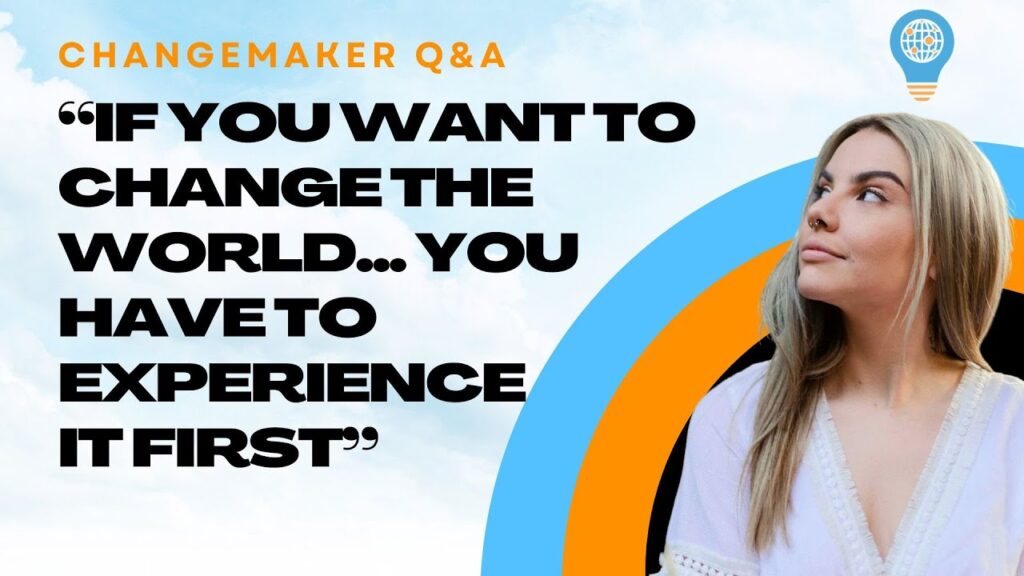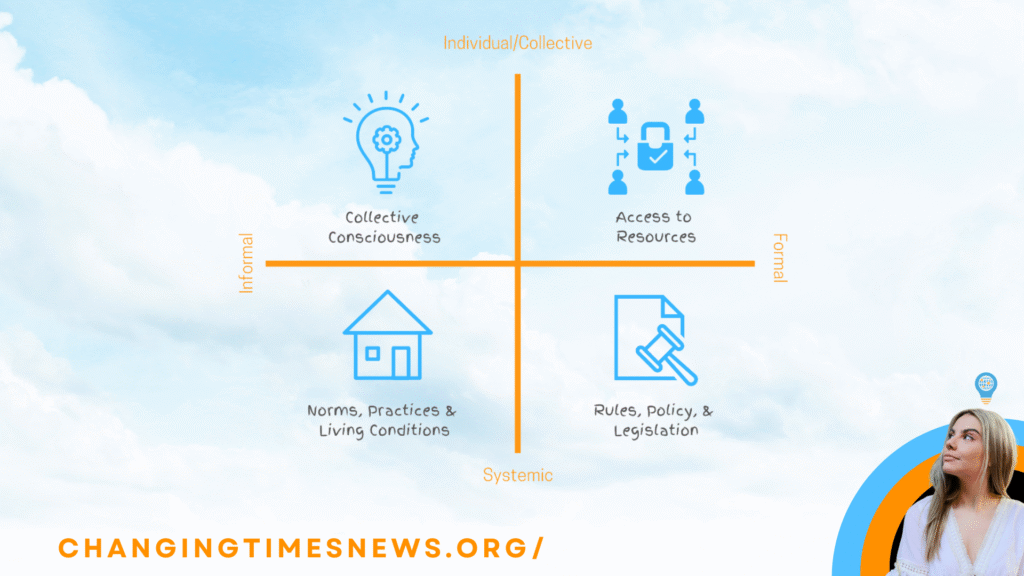In a recent episode of Changemaker Q&A, host Tiyana J, founder of the Humanitarian Changemakers Network, explored one of life’s most timeless questions: what does it mean to live a good life?
Drawing on philosophy, cultural wisdom, and her own practical framework, Tiyana examined how changemakers can balance personal fulfilment with social impact—living in a way that feels good and does good.
Feeling Good and Doing Good
Tiyana framed the “good life” as a delicate balance between two forces: nurturing one’s own happiness and growth, while also contributing to the well-being of others.
“For changemakers, it’s not enough to only chase personal joy or self-development,” she explained. “And it’s equally unsustainable to only focus on service while neglecting ourselves. A truly good life integrates both.”
Philosophical Perspectives
The episode revisited some of history’s most influential ideas about the good life.
Aristotle’s Eudaimonia
Aristotle described the good life using the concept of eudaimonia—often translated as “flourishing.” Unlike fleeting happiness, eudaimonia was about living in alignment with one’s highest potential, grounded in:
- Virtue: cultivating qualities like courage, justice, and wisdom.
- Rationality: using reason to guide ethical choices.
- Purpose: fulfilling one’s unique human function.
- Balance: avoiding extremes through moderation.
- Community: recognising that individual flourishing depends on collective well-being.
Competing Ethical Frameworks
Tiyana also explored other philosophical approaches:
- Utilitarianism, which defines a good life by actions that maximise happiness for the greatest number.
- Deontological ethics, which prioritises moral duty and universal principles over outcomes.
Her own perspective? A good life draws on both—seeking positive impact while staying true to fundamental values.
Cultural Perspectives
The idea of a good life varies across cultures, and Tiyana highlighted several global examples:
- Aboriginal and Torres Strait Islander Australians: emphasising connection to Country, preservation of culture, equality, justice, and self-determination.
- Japan’s Ikigai: the pursuit of purpose at the intersection of what you love, what you’re good at, what the world needs, and what you can be paid for.
- Bhutan’s Gross National Happiness: prioritising citizen well-being, culture, and harmony with nature over GDP.
- Denmark’s Hygge: embracing comfort, coziness, and simple pleasures like food, family, and togetherness.
Despite cultural differences, one common thread emerges: a good life is not only about individual joy but also about relationships, community, and harmony with the world around us.

Conscious Living: Tiyana J’s Framework
To bring these ideas into practice, Tiyana has developed her own tool for assessing whether one is living a good life. She calls it Conscious Living.
This approach involves aligning three elements:
- Values – guiding principles, from justice and equality to freedom and family.
- Passions – activities and interests that spark joy and fulfilment.
- Purpose – a personal “why” that shapes contribution and legacy.
“When values, passions, and purpose overlap,” she explained, “we find ourselves living consciously—in a space where we can both flourish personally and make a meaningful impact.”
To maintain this alignment, Tiyana recommends a “life audit” every 6–12 months. By reflecting on whether external circumstances and daily choices align with these three elements, individuals can continually recalibrate their lives toward balance.
While philosophers and cultures offer valuable insights, Tiyana emphasises that each person must ultimately define the good life for themselves. What matters is alignment: living in a way that feels true to one’s values, honours personal joy, and contributes positively to the wider community.
As she summed it up: “A good life is about finding balance between feeling good and doing good—in your own life, and in the world.”


